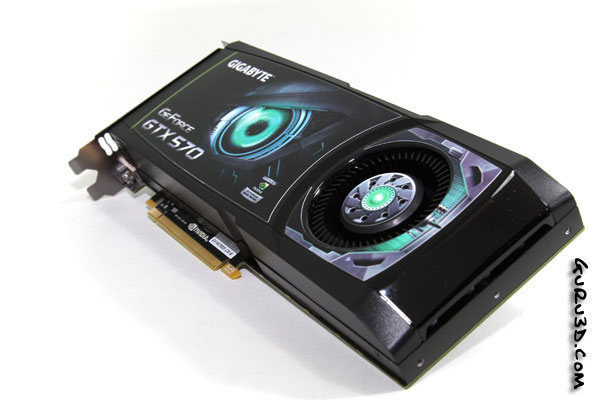Multi-GPU explained
Explain that Multi-GPU mode you talk about...
Okay so we tend to get a little repetitive with this question, but honestly... is there anyone who visits this website that doesn't know what SLI & Crossfire is? Well surely the regulars know the idea and principles. But it never hurts to explain what we are dealing with today.
Both NVIDIA's SLI and AMD's ATI Crossfire allow you to combine/add a second or even third similar generation graphics card (or add in more GPUs) to the one you already have in your PC. This way you effectively try to double, triple or even quadruple your raw rendering gaming performance (in theory). The more GPUs, the worse the scaling becomes though, two GPUs in most scenarios, is ideal.
Think of a farmer with a plough and one horse. One horse will get the job done yet by adding a second or third horse, you'll plough through that farmland much quicker and (hopefully) more efficiently as the weight of that plough is distributed much more evenly. That's roughly the same idea for graphics cards. One card can do the job sufficiently, but with two or more you can achieve much more.
So along these lines, you could for example place two or more ATI graphics cards into a Crossfire compatible motherboard, or two or more NVIDIA GeForce graphics cards in SLI mode on a compatible motherboard.
- A Crossfire compatible motherboard is pretty much ANY motherboard with multiple PCIe x16 slots that is not an nForce motherboard.
- An SLI certified motherboard is an nForce motherboard with more than two PCIe x16 slots or a certified P55 or X58 motherboard. If your motherboard does not have the SLI certification mentioned on the box, it's likely not SLI compatible. Keep that in mind.
Once we seat the similar graphics cards on the carefully selected motherboard we just bridge them together, with a supplied Crossfire connector or in NVIDIA's case, an SLI connector. Then install/update the drivers, after which most games can take advantage of the extra horsepower we just added into the system.
 Reference screenshot of two cards with SLI enabled on the NVIDIA control panel.
Reference screenshot of two cards with SLI enabled on the NVIDIA control panel.
Multi GPU rendering -- the idea is not new at all... if you are familiar with the hardware developments over the past couple of years you'll remember that 3dfx had a very familiar concept with the Voodoo 2 graphics cards series. There are multiple ways to manage two cards rendering one frame; think of Super tiling, it's a popular form of rendering. Alternate Frame Rendering, each card will render a frame (even/uneven) or Split Frame Rendering, simply one GPU renders the upper or the lower part of the frame.
So you see, there are many methods where two or more GPUs can be utilized to bring you a substantial gain in performance.
Alright, we've covered most of the hardware. We'll now have a peek at the configuration used, the hardware and software suite and then fire off the benchmarks in which we'll demonstrate the performance.

